
More clinical studies and safety data are needed to clarify any benefits of using probiotics for children.

More clinical studies and safety data are needed to clarify any benefits of using probiotics for children.

Among the most common questions parents and caregivers ask pediatricians when gastro issues arise may be about the use of probiotics. Are you a probiotic pro or a probiotic novice?
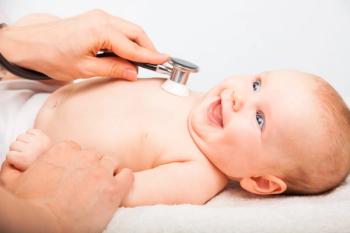
Dr Farber presents some parting, philosophically oriented views on making sure we stay on the true path to best serve our patients and families.

A 1-year randomized trial in 886 adults living in the United Kingdom showed that electronic cigarettes (e-cigarettes) are more effective for smoking cessation than nicotine-replacement therapy.

A unique program addresses the crisis of pediatric and adolescent obesity and its effects on child and family health in the state of Pennsylvania.

Contemporary Pediatrics asked pediatrics and ethics experts to candidly weigh in on some of the foremost moral and ethical issues confronting pediatricians and pediatric healthcare providers today.

Children aged 24 and 36 months who spend a lot of time in front of screens do less well on standardized developmental screening tests than other children, a longitudinal group study conducted in Canada showed.
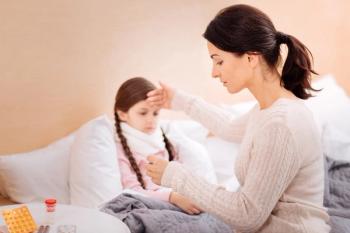
To answer the question of which after-hours care is best, pediatric practices and urgent care providers must partner to put children’s welfare first.

It’s not easy to know when a deception is acceptable and when it becomes difficult to justify. An algorithm might help pediatricians to make those decisions.

Adolescents are more likely to see a healthcare provider if they are certain their private information will be kept confidential. Here’s how to create a secure environment for these patients within your electronic health record (EHR) system.
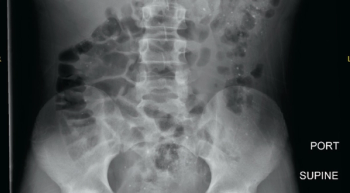
An 11-year-old male presents to the emergency department (ED) with complaint of 2 days of focal, crampy, periumbilical abdominal pain associated with anorexia, fever, and 1 episode of emesis. What's the diagnosis?

Moderate aerobic exercise seems to be an effective treatment for adolescents after sport-related concussion, according to results of a randomized trial conducted in 103 athletes aged 13 to 18 years who entered the study within 10 days of being injured.

A healthy 14-year-old girl with a progressive asymptomatic rash on her arms, legs, trunk, and face presents for evaluation. She was treated for eczema with minimal improvement.

Certainly, these are interesting times in medicine as the integration of homeopathic remedies and over-the-counter supplements has become increasingly more common in the past few decades. However, with inconsistent medical research and a lack of US Food and Drug Administration regulation, it remains unclear what the most safe and efficacious role these substances will play in the future of medical care.

I recommend not only reading "You've been served! What to do if you get sued for malpractice," but also consider current practice strategies and those that can be implemented with the goal of preventing malpractice claims.

A third of young adults have never had a private discussion with a clinician, according to a recent report that reveals a concerning lack of confidential communication between doctors and their young patients.
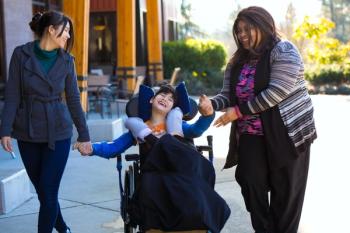
The pediatric medical home must offer more familial, social, and psychosocial support to help children with special healthcare needs to thrive.


Recent weight loss trends, not weight at admission, are a greater indicator of complications from eating disorders, according to a recent study.

A liver disease that causes inflammation and cell damage is common in children with type 2 diabetes, but lifestyle changes and medication may help.

This month’s quiz will test your knowledge of key diagnostic points in the screening process for depression in primary care. You’ll test your knowledge on 5 key points. Each point gives you context for the correct answer-and, most importantly, provides valuable resources.

Pediatricians are less likely than other specialties to be sued, but when losing or settling a suit, their payouts are among the highest. Here’s what to expect if you get sued.
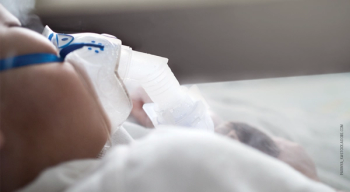
Severe or refractory asthma places a small subset of children with asthma at risk for significant morbidity and treatment challenges, as well as for higher healthcare utilization and costs.

Watching a short training video that addresses provider related barriers to vaccination against human papillomavirus (HPV) corrects common misperceptions about HPV and the vaccine, increases providers’ comfort in counseling vaccine-hesitant parents, and facilitates vaccine completion.

A healthy 12-year-old girl presents to the clinic with 2 days of low-grade fever and enlarging, painful, tense bullae on both hands. She had recently been diagnosed with streptococcal pharyngitis and was being treated with oral cefixime.

More parents are looking to nutritional supplements to address depression symptoms in their children. Here’s what pediatricians need to know about the risks and benefits of these treatment options.

Abnormalities of the limbs at birth can be devastating for the parents of a newborn. However, the primary care pediatrician, a rehabilitation team, and the family can help the child develop normal functioning and be independent.

Often we treat a child without considering the parental role, as when we prescribe an antibiotic to be multiple times a day. Other times we do need to consider the parents. Here are the thoughts from Jon Matthew Farber, MD, on how parents view, interact with, and advocate for their children in these situations.

Although fish oil supplements did not improve asthma exacerbations in children who are obese or overweight, the question remains whether fish oil could help other types of children with asthma.
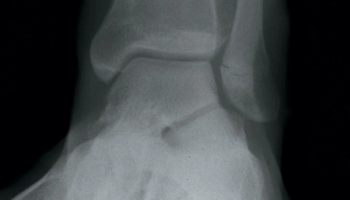
A 15-year-old adolescent Caucasian male with no significant past medical history presented to the clinic with gradually worsening left ankle pain over the past 2 weeks, ever since he started his football practice. He complained of dull aching pain at the lower end of his left leg for the past 4 months, which was slightly relieved by over-the-counter nonsteroidal anti-inflammatory drugs (NSAIDs). He twisted his left ankle and noticed further worsening pain, which prompted this doctor visit.